
Disclosure regarding our editorial content standards.
“Gig work” is an all-encompassing term that typically covers any type of work that someone does outside of a conventional long-term employer relationship. Individuals who take on gig work are often called independent workers, contractors or freelancers. Some current popular examples of gig workers include Uber drivers, DoorDash delivery drivers, Airbnb hosts, dog walkers, writers, photographers and more.
Individuals who participate in the gig economy may choose to do so on top of their regular full-time job or as their primary source of income. The gig economy has exploded in popularity in the last few years. In 2014, there were 53 million freelance workers in the United States. As of 2020, that number has increased by 11 percent to 59 million people.
On average, gig workers work between 11 and 30 hours per week. Freelance work is a great way to earn supplemental income, earn income as a retiree or start working in an area you’re passionate about. If you’re interested in breaking into the gig industry, check out these essential tips for new gig workers.
1. Think about insurance coverage
When you work in the gig economy, the IRS qualifies you as running a small business. This also applies to your insurance. As you’re working for yourself—and are your own boss—you need to make sure you have an insurance policy that covers you while you work.
Before entering gig work, you need to fully understand what your insurance does and doesn’t cover in relation to your work. For example, Uber and Lyft provide insurance coverage for their drivers, but the coverage is only in effect when you’re on your way to pick up a client or have clients in your car.
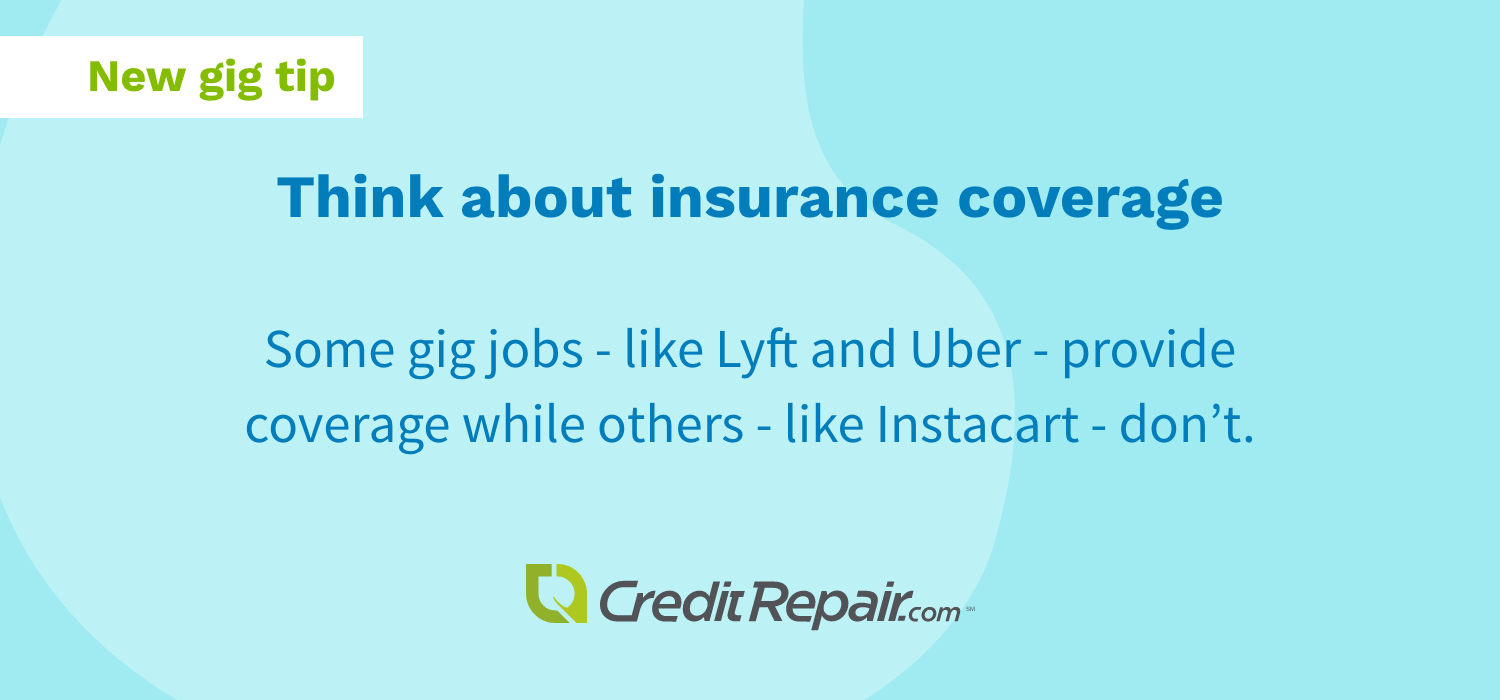
In contrast, Instacart doesn’t provide any sort of commercial insurance coverage for its drivers. Or there’s the popular dog-walking site Rover.com, which offers partial coverage—vet injuries to a client’s dog are covered, but injuries to the pet owner or dog walker aren’t covered.
Ultimately, insurance for gig work becomes very complicated because gig work is so varied. For example, let’s say you’re a freelance photographer and a client accidentally breaks your camera. Do you have insurance to cover on-site equipment costs?
Before accepting gig work, do your research into your insurance coverage. Experts recommend that freelancers have three types of insurance policies:
- General liability insurance
- Professional liability insurance (errors and omissions)
- Workers’ compensation insurance
Lastly, make sure your insurance provider fully understands the type of work you’ll be doing. Insurance providers can deny your claims if they believe you were doing work outside of what they understood your job description to be.
2. Set aside money for taxes
Freelancer taxes are different because your taxes aren’t withheld from your take-home pay. In general, it’s recommended that freelancers set aside around 30 percent of their income for taxes.
Gig workers have to cover two types of taxes: income tax and self-employment tax. When you work for a conventional employer, you and your employer split Social Security and Medicare costs. However, as your own boss, you cover all the self-employment tax yourself. This tax breaks down to 15.3 percent of your earnings: 12.4 percent for Social Security and 2.9 percent for Medicare.
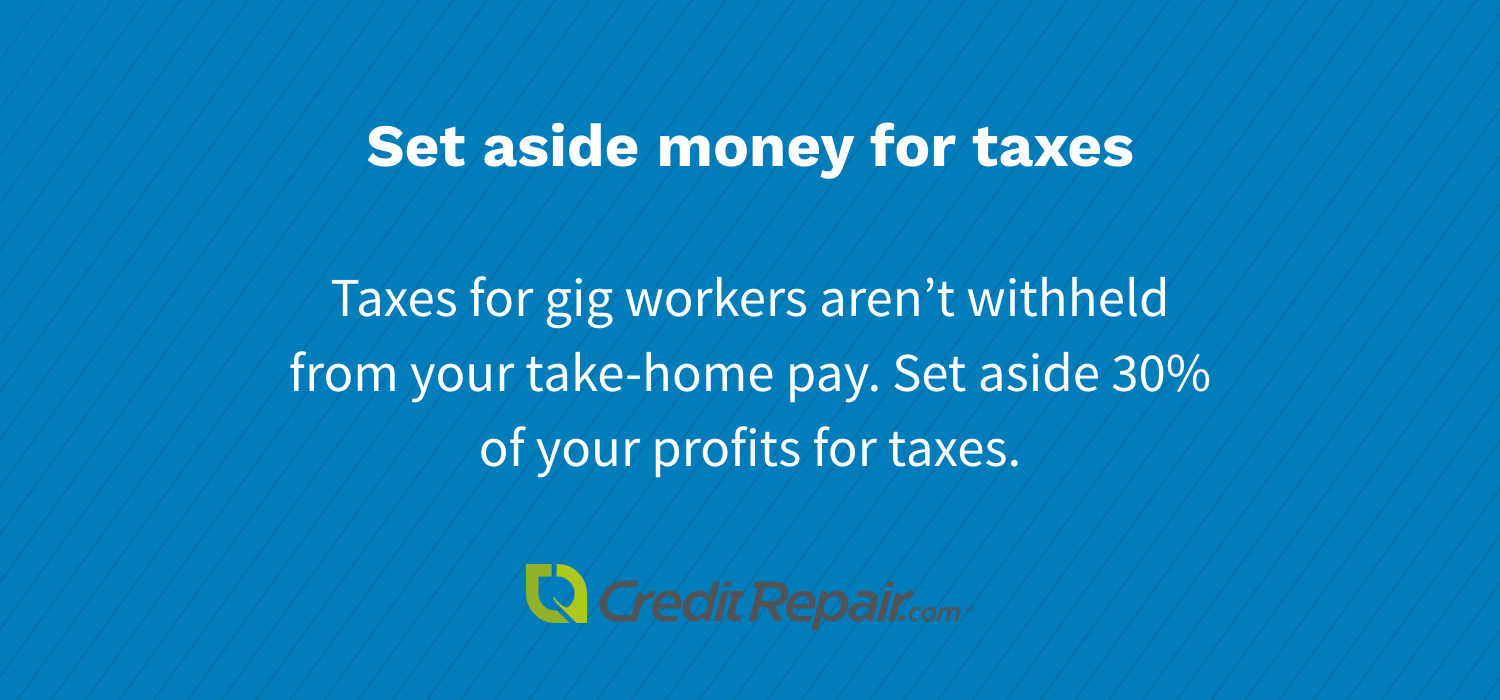
Your income tax rate will depend on which income tax bracket you fall into. For the majority of freelance workers, setting aside 30 percent of all income should sufficiently cover both income and self-employment tax.
Put aside this money as soon as you’re paid so you’re not tempted to spend it and end up with a massive tax bill during tax season.
3. Track your income and expenses
Taxes are a lot more complicated for gig workers, so you’ll want to make things as easy as possible by tracking your income and expenses throughout the year. For example, if you’re paid by multiple employers throughout the year, you’ll want to track all these payments so you don’t miss claiming any income on your taxes.
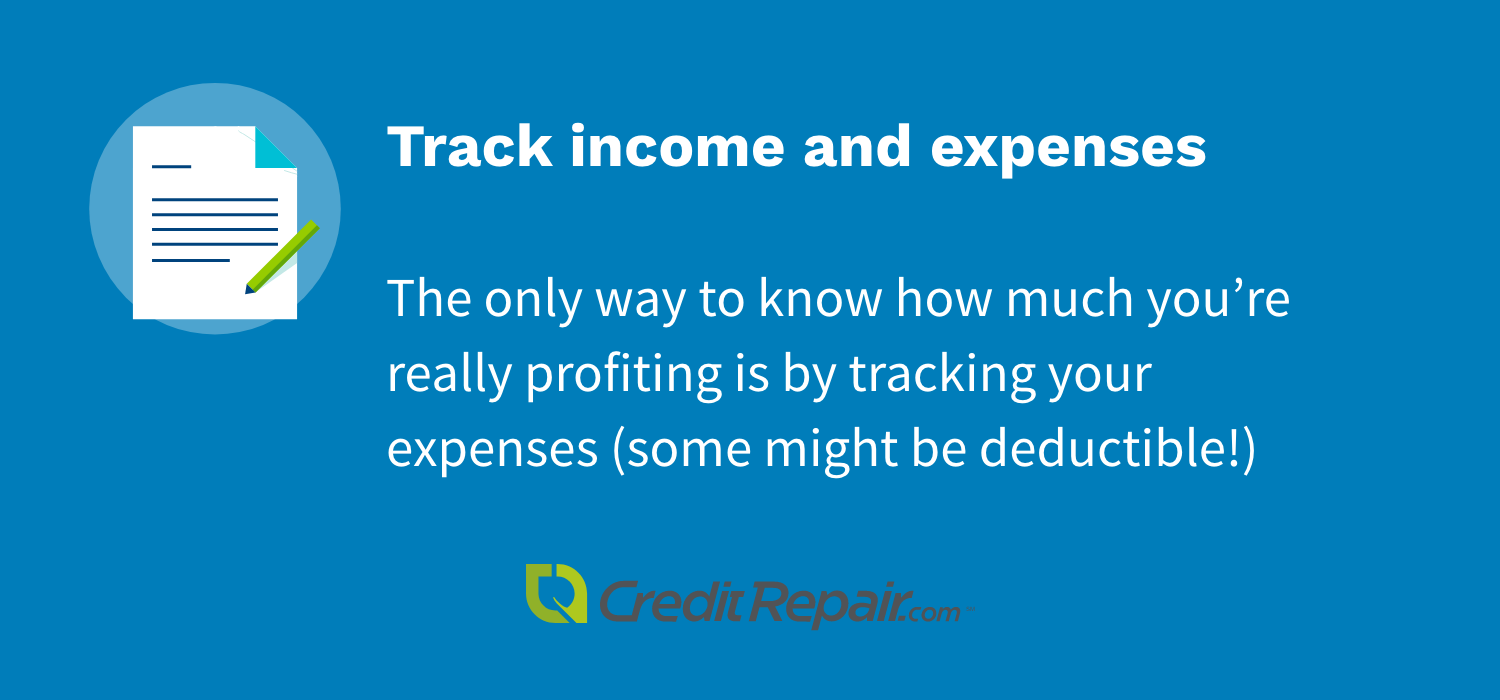
Tracking your expenses is also important so you can distinguish between your personal spending and business spending. Certain expenses, such as gas to get you to job sites, might be deductible expenses.
Lastly, tracking your income and expenses will also give you an idea of how you’re doing overall as a gig worker. Let’s say you’re in a type of work that requires a lot of investment, such as a photographer who needs to purchase expensive equipment. You’ll want to track your income minus your expenses to understand the kind of profit you’re making.
4. Maintain a routine
If you’re not used to being your own boss, maintaining a routine can help you stay on track and get things done. Remember that if you’re doing gig work full-time, you need to work enough to earn a livable wage. Without having anyone to answer to, it can sometimes be difficult to stick to a full work schedule.
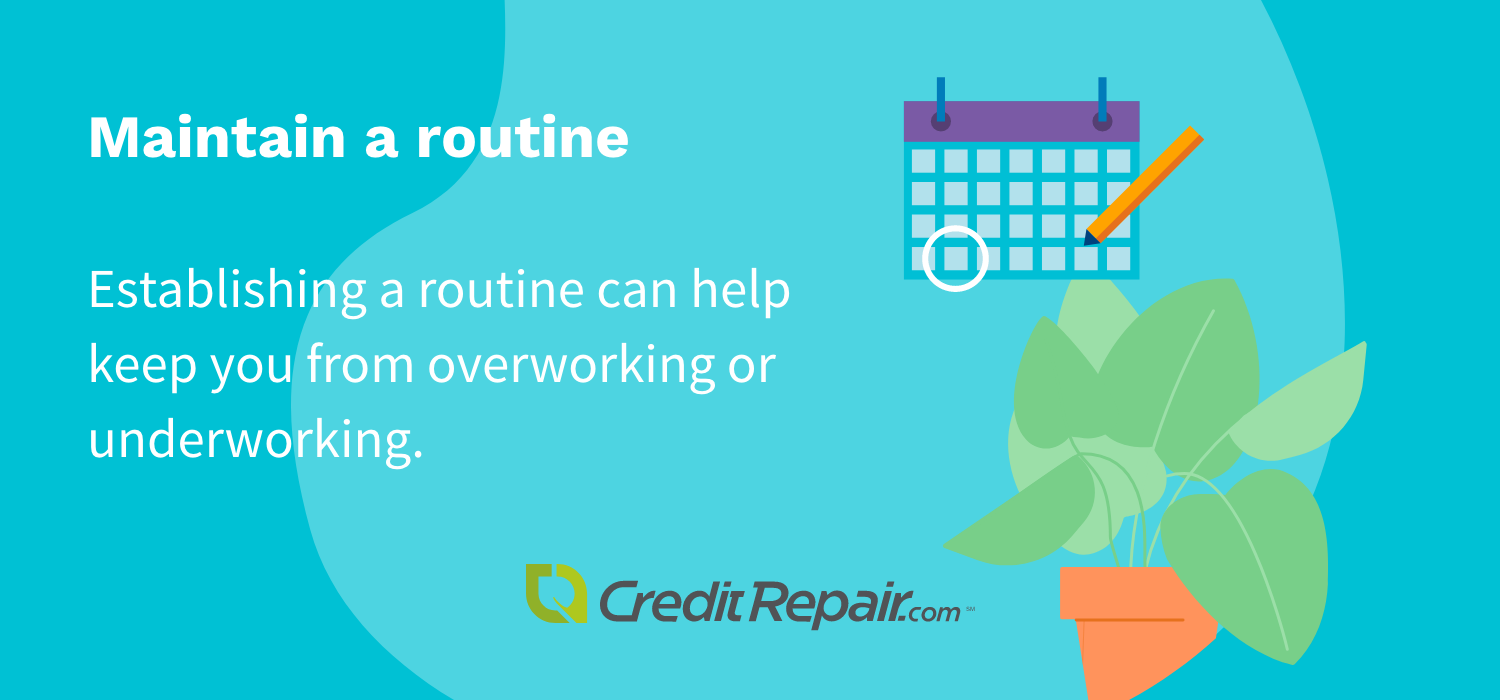
Conversely, some freelancers run into a situation where they overextend themselves. If there’s a lot of work available, it can be tempting to pick it all up, which could result in you working 10 – 12 hours every day.
Establishing a routine can also help ensure you don’t overwork or underwork. Set work hours for yourself and try to stick to them—and make sure to include lunch breaks and self-care in your schedule.
5. Plan for inconsistent income
The majority of people stick with a conventional employer because of the stability. Gig work has many benefits, including being your own boss, setting your own schedule and working in a field you’re passionate about. Unfortunately, one downside is that gig work can be inconsistent.
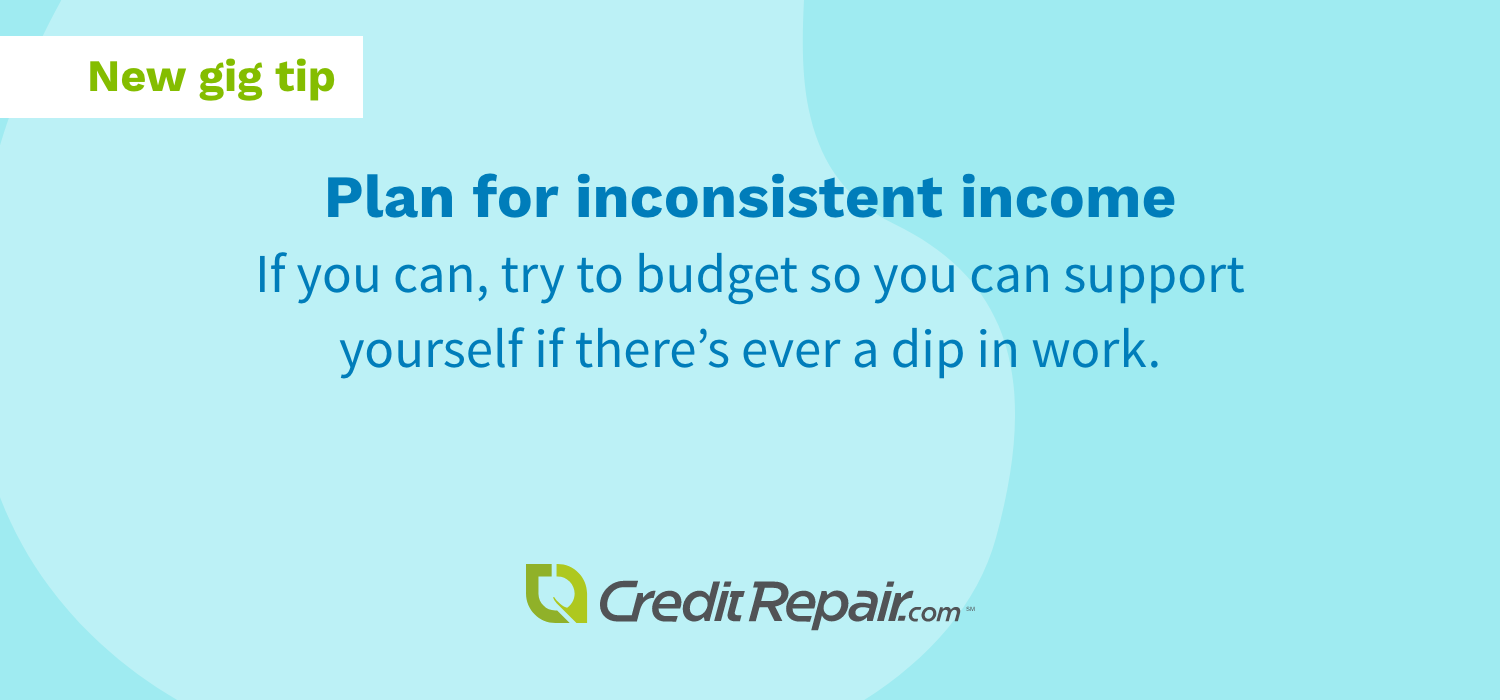
But if you’re aware of this risk, you can simply plan for it and be prepared. Plan your finances accordingly so you can support yourself if there’s ever a dip in work. Some experts suggest creating an emergency fund to cover 3 – 6 months’ worth of living expenses.
6. Find the best gig work for you
One of the great things about gig work is that it’s easy to switch roles. You don’t have a boss, so you can try something else anytime you don’t like a gig.
There are so many freelance jobs out there to choose from. Some of the more popular types include:
- Home sharing (Airbnb)
- Dog sitting and walking (Rover)
- Food delivery (DoorDash, UberEats)
- Ridesharing (Lyft, Uber)
- Grocery shopping and delivery (Instacart)
- Selling items (eBay, Poshmark)
- General tasks (TaskRabbit)
- Professional skills (Upwork)
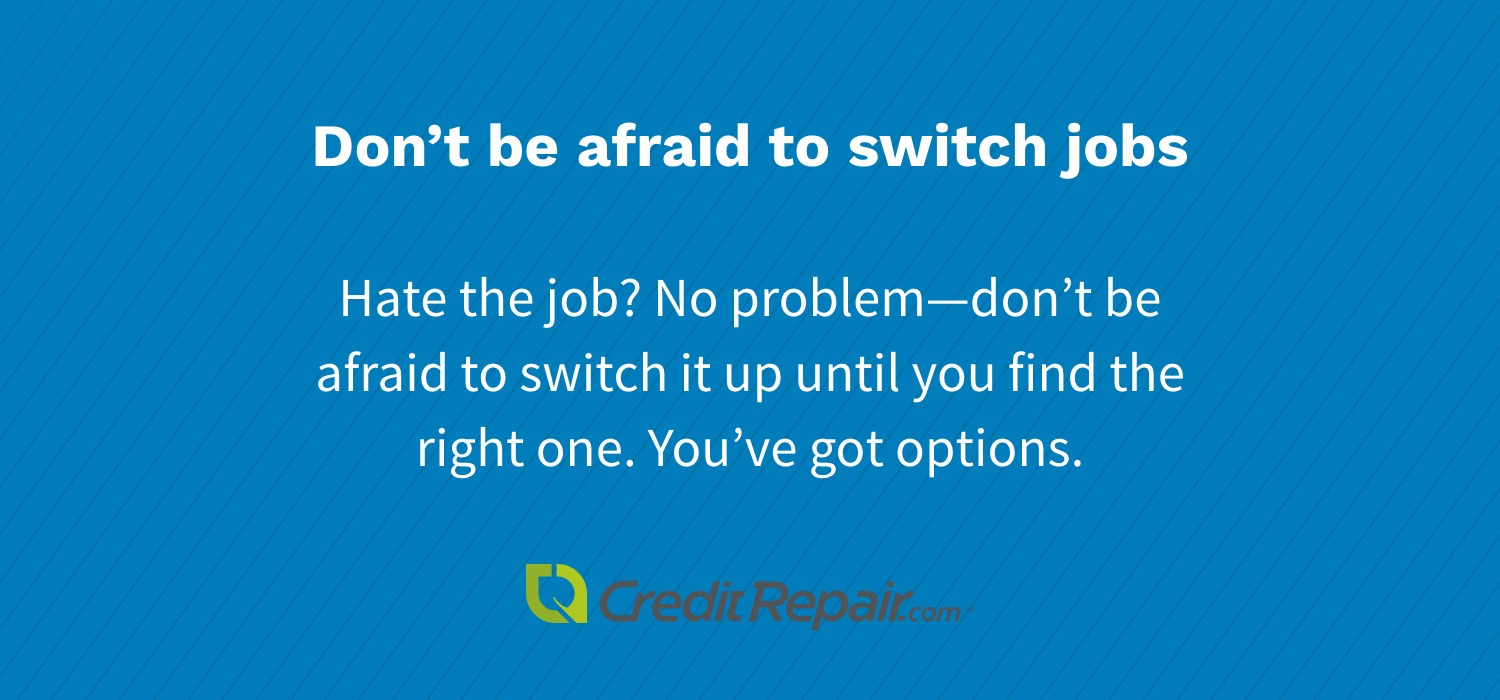
Often it can take a few attempts with different gigs before you find the one that’s right for you.
7. Keep an eye on your credit
No matter your employment status, you’ll want to regularly check your credit to make sure things look good and there aren’t any errors bringing your score down.
You want to maintain a healthy credit score so you can get loans or lines of credit if necessary. These sources of financing can help you grow your business or cover your expenses if you run into a period of little work.
Additionally, gig workers need especially strong credit scores because they’re often seen as riskier borrowers compared to individuals with conventional employers. Lenders know that gig work can be inconsistent, so they can be more stringent when it comes to credit score requirements for loans to freelancers compared to regular employees.
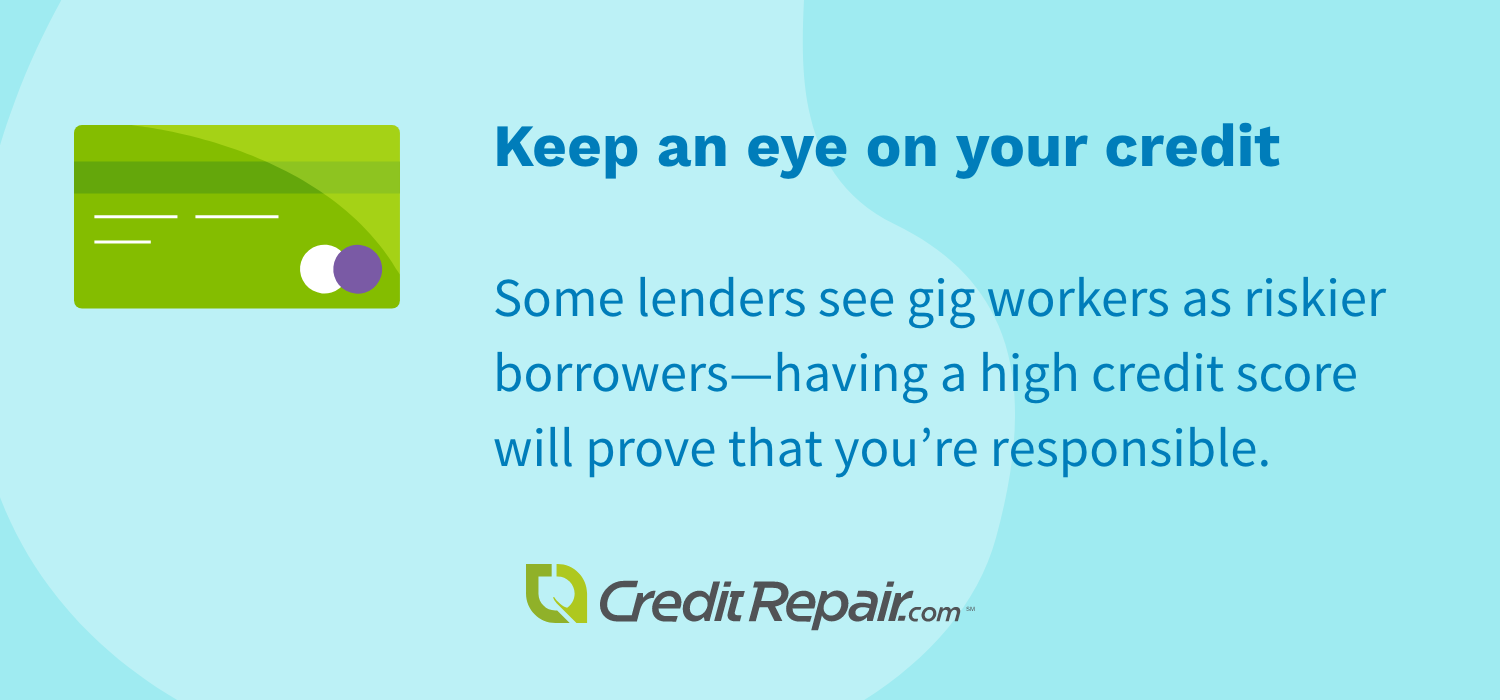
If your credit score isn’t strong, you might benefit from CreditRepair.com’s credit repair services. Our process is straightforward: we access your credit reports, review them for inaccuracies or false negative items and file disputes on your behalf.
Gig work is an excellent option for many people. It offers flexibility, the opportunity to work for yourself and unlimited growth potential. For some, it’s an opportunity to add supplementary income to their nine-to-five. However, people considering gig work need to be aware of the complications that might come with it. These tips for new gig workers cover the basics, so you should be set to get started on your first freelance job.






